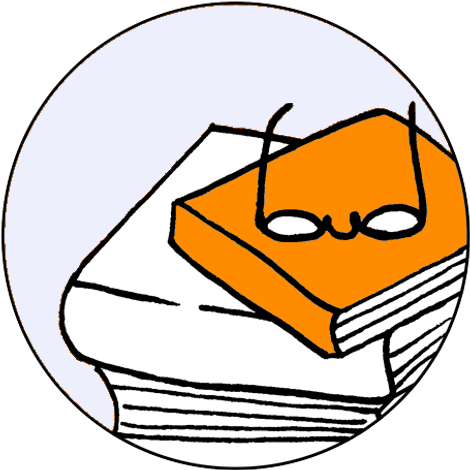- Español
- Euskara
- English
- Français
3D Model; 3D Models; Architectural Heritage; Architecture; Deep Learning; Digital Storage; Drone Survey; Drones; Earthen Architecture; Earthen Architectures; Historic Preservation; Knowledge Management; Knowledge Transfer; Mud Plaster; Mudbrick; Multi-disciplinary Approach; Personnel Training; Stratigraphy; Students; Surveys; Three Dimensional Computer Graphics; Traditional Masonries; Traditional Masonry;
The relationship between planning and restoration work, and the acquisition of data necessary for contextual understanding of Salut, a large Iron Age site, are discussed. Its different historical contexts required close collaboration among architects, archaeologists, Ministry of Heritage and Culture staff, local workers and students from Sultan Qaboos University (SQU). A central aim was to awaken the interest of the community and encourage them to play an active role in the conservation of local heritage sites. This and the technical solutions adopted are also a focus of the paper. Intangible cultural heritage should be considered to be an integral part of the site. A number of activities was undertaken to develop sustainable responses for the management of Omani cultural heritage: historical and ethnographic research into the traditional techniques of mudbrick and mud plaster construction, with visits to surrounding villages to identify Omani residents familiar with the process; information storage, images, and video interviews for a multi-level, potentially replicable approach; creation and implementation of guidelines for the conservation of the mudbrick walls; organization of site visits, awareness-raising activities for local students and interested community members; the training of two female SQU students in stratigraphic excavation and conservation of artifacts; and the use of state-of-the-art surveying and 3D modeling for the evaluation of interventions. The program at Salut site, until the interruption due to the pandemic, has produced largely positive results, and the methodology developed here can promote recovery of other archaeological sites similar to Salut.




